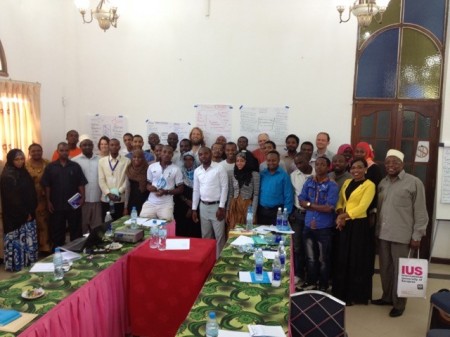
Mediation Perspectives is a periodic blog entry provided by the CSS’ Mediation Support Team and occasional guest authors. Each entry is designed to highlight the utility of mediation approaches in dealing with violent political conflicts.
Governments, researchers, and peacebuilders are constantly looking for ways to translate a renewed focus on and heightened awareness of grassroots knowledge into violence prevention and conflict transformation. At present, particular interest has returned to honing and implementing effective Early Warning/Early Response (EWER) mechanisms, but this quest raises a complex question: Should these mechanisms be community-based and originate at the grassroots level or should they be top-down and established as parts of larger structures? Advocates of the grassroots approach, for example, argue that it strengthens and supports the ability of local communities to anticipate and prevent violent conflict, while advocates of large centralized structures acknowledge the benefits of institutional support and broad mandates. The purpose of this blog is to compare these two approaches and ultimately identify the necessity for balance – both approaches have strengths and limitations.
Current trends in the development field suggest that a bottom-up approach, with its emphasis on local initiative and ownership, might be preferable to other options. After all, violence prevention and conflict transformation efforts at the local level can be highly contextual, which is a good thing. Such efforts can more confidently secure a community’s cooperation and support, and they typically identify more nuanced responses, including those that are sensitive to and incorporate traditional practices as well as involving key actors who are positioned to directly intervene in tense situations.

